July 02, 2025
Seven Wonders of India: Timeless Icons of Heritage and Beauty
CM Content Team

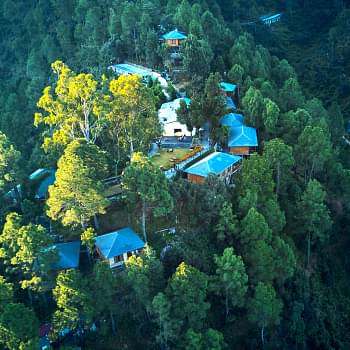
View all
140+
Resorts
July 02, 2025
CM Content Team
The Seven Wonders of India represent a mesmerising blend of ancient heritage, architectural brilliance, and cultural depth, showcasing the country's diverse legacy. From towering temples carved out of rock to majestic forts that once guarded mighty kingdoms, these wonders reflect the ingenuity, devotion, and artistic excellence of India’s past. Celebrated both nationally and globally, the Seven Wonders of India are not just marvels of engineering; they are windows into the soul of a civilisation that has thrived for millennia. Whether you're a history enthusiast, a spiritual seeker, or a curious traveller, these iconic landmarks offer unforgettable experiences.
Here are the 7 wonders that proudly stand as symbols of India's timeless grandeur.
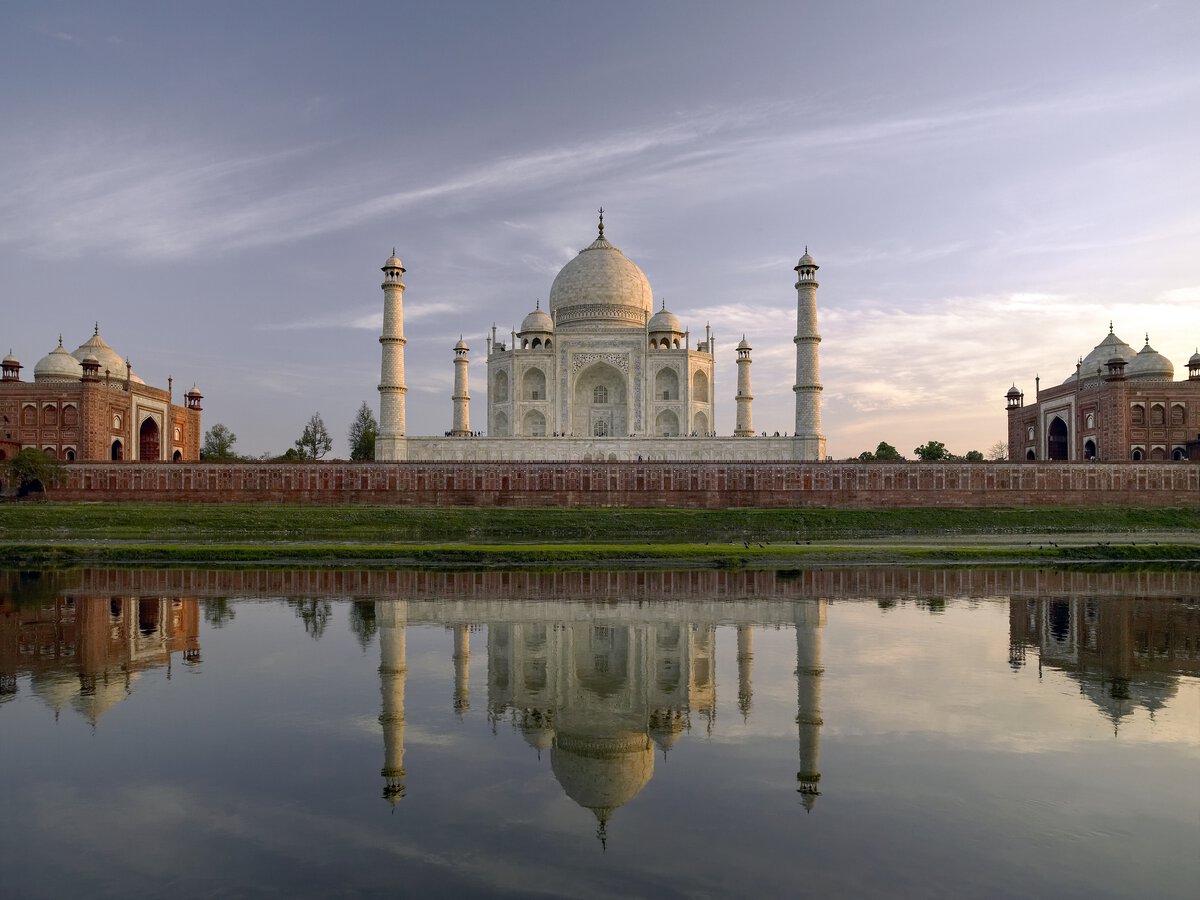
The Taj Mahal in Agra, Uttar Pradesh, is the crown jewel of India’s architectural heritage and a global symbol of eternal love. Built by the Mughal Emperor Shah Jahan in memory of his beloved wife Mumtaz Mahal, this ivory-white marble mausoleum stands gracefully on the banks of the Yamuna River. A UNESCO World Heritage Site and one of the most visited monuments in the world, the Taj Mahal is renowned for its symmetrical design, intricate carvings, and the way it glows in different shades with the changing light of day. Its timeless beauty continues to captivate millions, making it a must-visit among the Seven Wonders of India.
October to March offers pleasant weather and clear skies, ideal for exploring. Early mornings or full moon nights provide the most stunning views with fewer crowds.
Saura Hotel, Agra – A Club Mahindra Associate offers a comfortable and peaceful stay just minutes from the Taj Mahal. With spacious rooms, a swimming pool, spa, and on-site dining, it’s ideal for families and leisure travellers. This resort in Agra blends modern amenities with warm hospitality in a serene setting. Perfect for exploring Agra’s rich heritage.
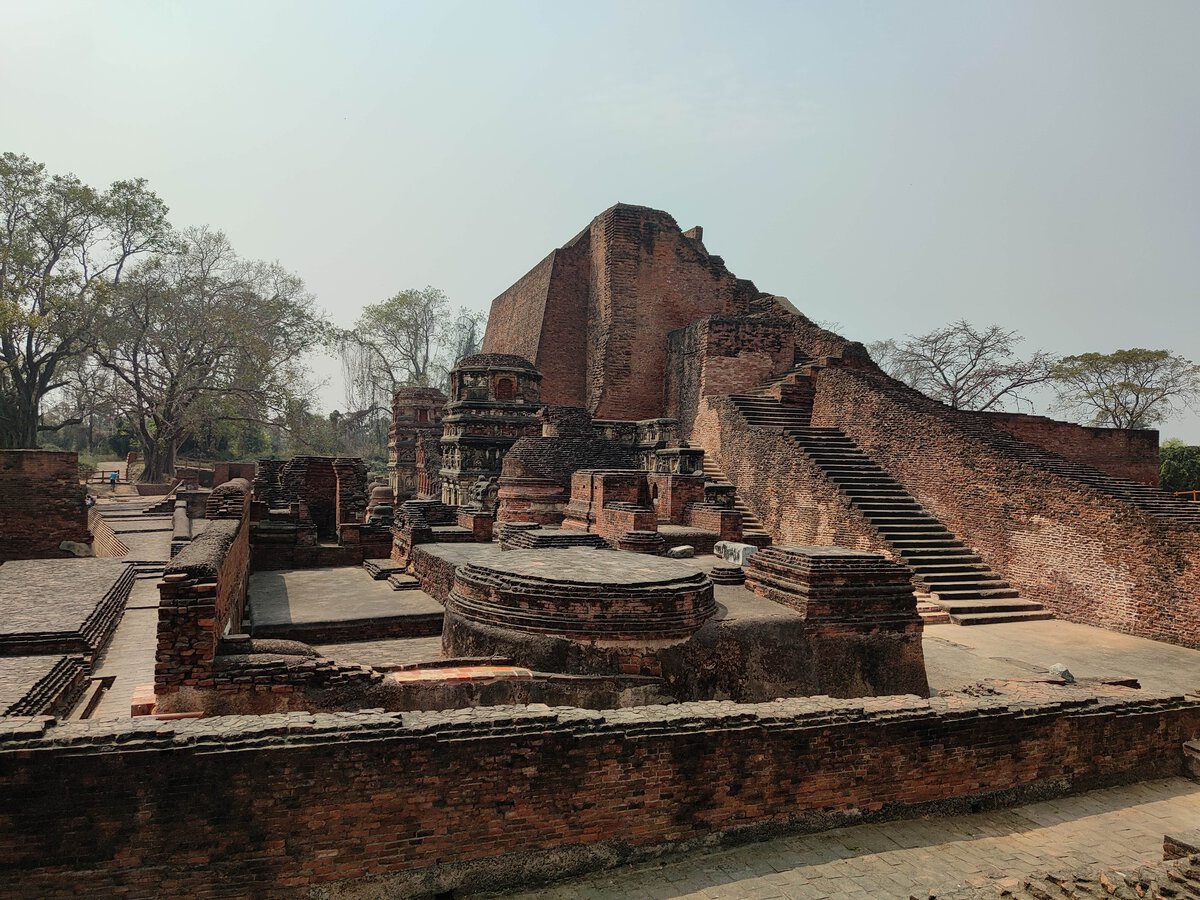
Nalanda University in Bihar is one of the oldest and most revered centres of learning in the world, symbolising India’s rich academic and spiritual legacy. Founded in the 5th century CE during the Gupta Empire, Nalanda attracted scholars from across Asia, becoming a hub of Buddhist studies, philosophy, medicine, mathematics, and astronomy. Its sprawling campus once housed thousands of students and teachers, extensive libraries, and architecturally advanced monasteries. A true marvel of intellectual history, Nalanda University stands as a proud emblem of India’s ancient educational excellence and rightly earns its place among the Seven Wonders of India.
October to March offers pleasant weather, ideal for exploring the ruins and surrounding sites comfortably.
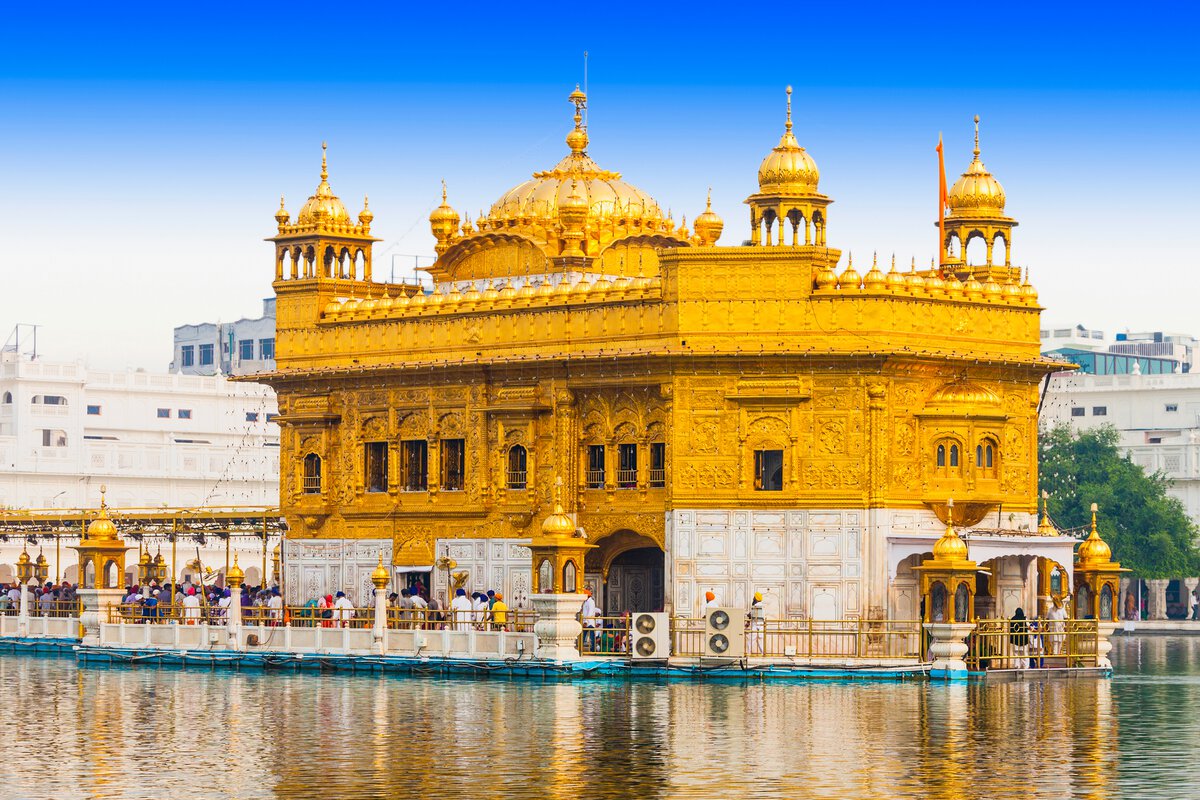
The Golden Temple in Amritsar is a radiant symbol of spiritual devotion, equality, and peace. Also known as Sri Harmandir Sahib, it is the holiest shrine in Sikhism and welcomes people from all walks of life, regardless of religion or background. Clad in shimmering gold and surrounded by the tranquil Amrit Sarovar (holy tank), the temple offers a serene atmosphere that touches every visitor's soul. Its blend of Indo-Islamic and Sikh architecture, the melodious recitation of Gurbani, and the spirit of community service, especially through the world's largest free kitchen, make it one of the most profound spiritual destinations in India.
The best time to visit is between November and March, when the weather is cool and pleasant. Early mornings and evenings offer a peaceful experience, especially during the shimmering Palki Sahib ceremony or when the temple glows under soft lights.
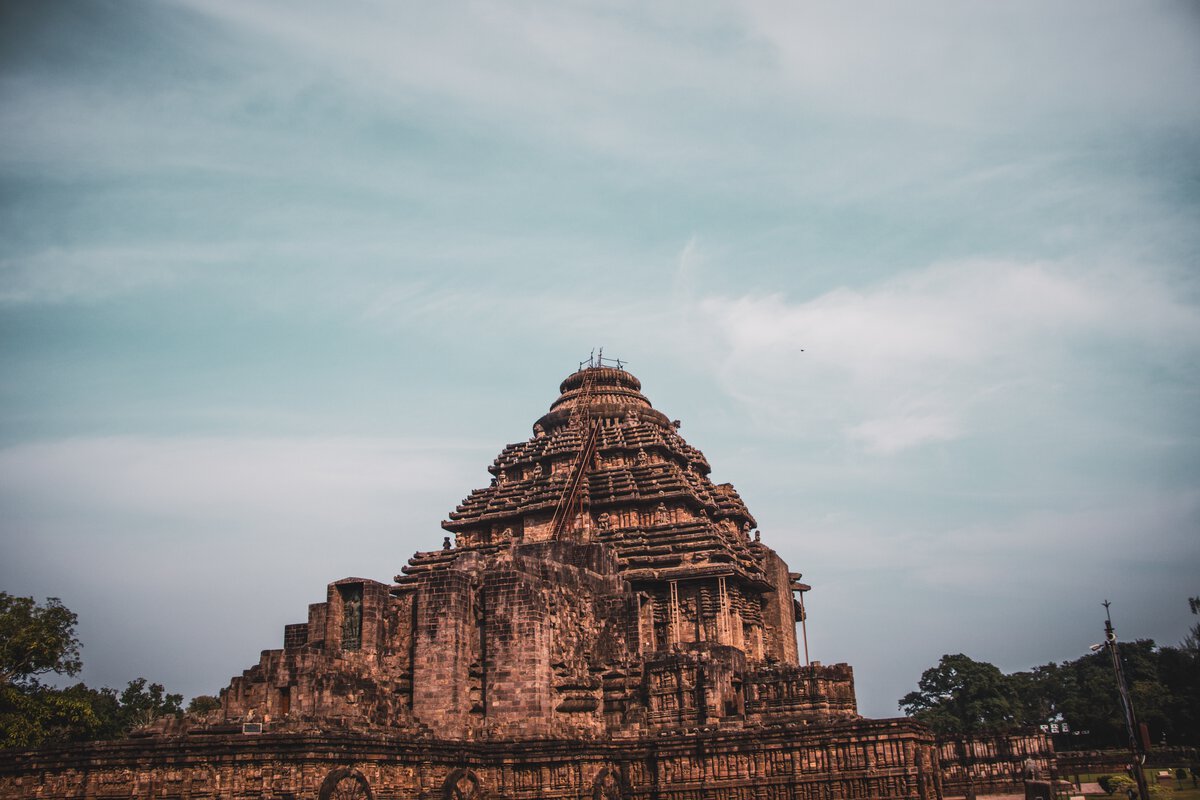
The Sun Temple in Konark, Odisha, is a breathtaking example of ancient Indian architecture and a tribute to the brilliance of the 13th-century artisans. Shaped like a colossal chariot of the Sun God Surya, complete with intricately carved wheels, horses, and panels, this UNESCO World Heritage Site reflects the grandeur of the Kalinga dynasty. The temple not only symbolises celestial power but also showcases advanced engineering and artistic mastery of its time. A shining gem among the Seven Wonders of India, the Sun Temple in Konark continues to awe visitors with its historical depth and architectural splendour.
October to February is the best time to visit, with pleasant weather perfect for exploring the temple’s intricate carvings. This period also coincides with the Konark Dance Festival, adding a cultural touch to your visit.
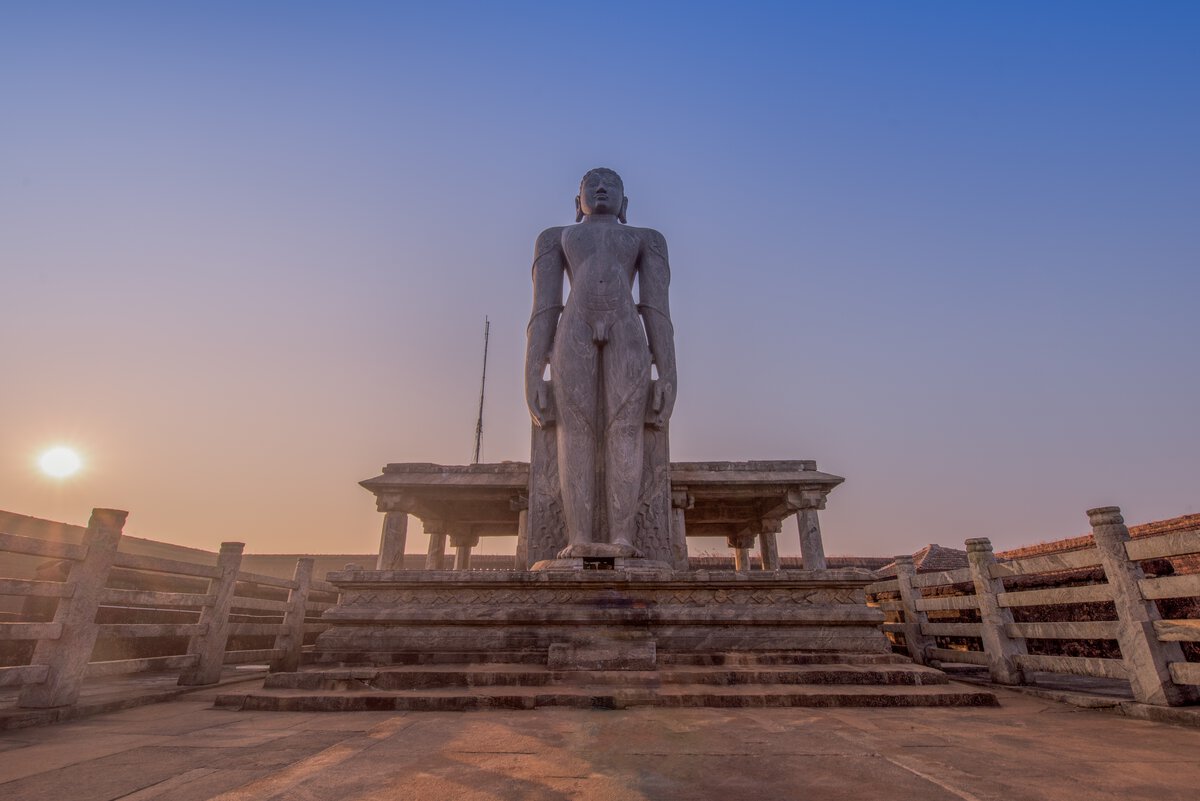
The towering statue of Gomateshwara, also known as Bahubali, stands majestically atop Vindhyagiri Hill in Shravanabelagola, Karnataka. Carved from a single block of granite in the 10th century, this 57-foot monolithic statue is one of the largest free-standing statues in the world. It represents Bahubali, a revered Jain figure who renounced worldly life in pursuit of spiritual awakening. The statue’s serene expression and intricate detailing reflect the core Jain values of non-violence, renunciation, and self-realisation. It draws pilgrims and tourists alike, especially during the grand Mahamastakabhisheka festival held every 12 years.
October to March is ideal, with cooler weather for climbing Vindhyagiri Hill and exploring the site comfortably. Visit during the Mahamastakabhisheka (held every 12 years) for a truly grand spiritual experience.
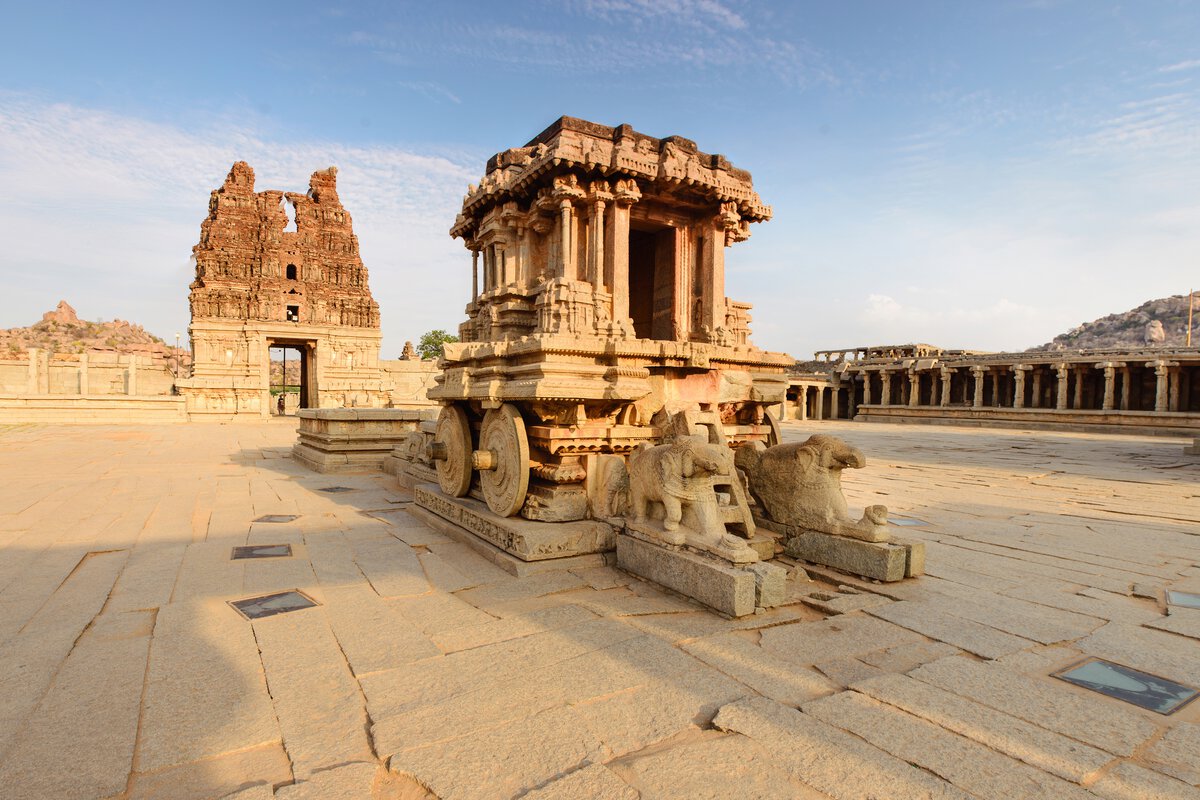
Hampi, located in Karnataka, is a mesmerising open-air museum of ancient ruins, temple complexes, and stories carved in stone. Once the glorious capital of the Vijayanagara Empire, Hampi now stands as a UNESCO World Heritage Site, echoing the grandeur of one of South India's mightiest kingdoms. The landscape is a surreal mix of giant boulders, lush banana plantations, and flowing rivers, interspersed with awe-inspiring monuments. From intricately carved temples to royal enclosures and market streets, Hampi offers a time-travel experience into a rich and artistic past, making it a true wonder of India.
The ideal time to visit Hampi is from October to February, when the weather is cooler and perfect for exploring the vast ruins on foot or by bicycle. This period also includes the Hampi Utsav, a vibrant cultural festival that brings the ancient city to life with music, dance, and traditional art.
Vijayshree Resort & Heritage Village, Hampi, located close to Hampi’s ancient ruins, is a heritage-inspired resort in Hampi that offers traditional cottages, lush gardens, and local cuisine. Guests can enjoy cultural performances, guided tours, and quiet nature walks. It’s an ideal stay for those who want comfort and cultural charm near the UNESCO site.
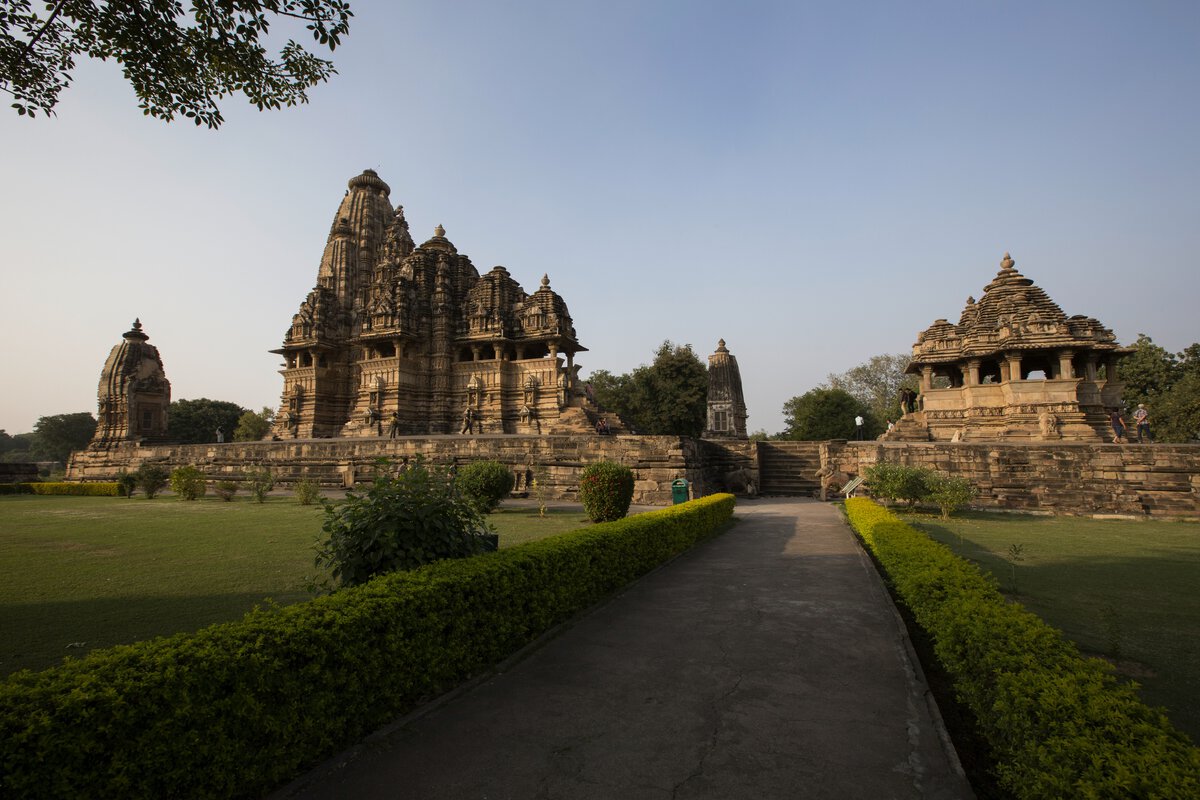
The Khajuraho Temples in Madhya Pradesh are a stunning showcase of India's artistic and architectural heritage. Built between the 9th and 12th centuries by the Chandela dynasty, these temples are famed for their intricate carvings, especially the iconic sculptures that celebrate love, life, and spirituality. Designated as a UNESCO World Heritage Site, the temple complex features both Hindu and Jain shrines, reflecting the region's religious tolerance and cultural richness. With their exquisite craftsmanship and symbolic narratives, the Khajuraho Temples stand as timeless masterpieces of Indian temple art.
The best time to visit is from October to March, when the weather is cool and pleasant for sightseeing. February is especially ideal if you want to attend the Khajuraho Dance Festival, a vibrant celebration of classical Indian dance set against the backdrop of the stunning temples.
Bundela Resort, Khajuraho, set just a few minutes’ drive from the famed temples, Bundela Resort blends contemporary comfort with traditional Bundeli-style decor. Guests can relax in air-conditioned rooms, dine on regional and international dishes at the on-site restaurant, and cool off in the outdoor pool. This resort in Khajuraho offers a peaceful ambience and convenient access to the UNESCO temples, making it ideal for both relaxation and heritage exploration.
Club Mahindra Membership gives you access to over 140+ Club Mahindra resorts across India and abroad, offering flexible family vacations every year. Members enjoy curated experiences, quality stays, and exclusive privileges. Vacation points can be redeemed as per your travel preferences, making planning easy and rewarding. It’s a smart way to explore new destinations while creating lasting memories.
The Seven Wonders of India are more than just remarkable landmarks; they are powerful storytellers of a civilisation that has flourished through centuries of creativity, devotion, and innovation. Each site offers a distinct window into India’s rich cultural, spiritual, and artistic legacy, inspiring awe and reflection with every step. Whether you're drawn by architecture, history, or the spirit of exploration, these Seven Wonders of India promise an unforgettable journey through time. Let them be a reminder of the incredible diversity and timeless grandeur that define the heart of India.
Mahindra Holidays & Resorts India Ltd. (MHRIL), a part of Leisure and Hospitality sector of the Mahindra Group, offers quality family holidays primarily through vacation ownership memberships and brings to the industry values such as reliability, trust and customer satisfaction. Started in 1996, the company's flagship brand ‘Club Mahindra’, today has over 300,000 members , who can holiday at 140+ resorts in India and abroad.
We use cookies to personalise content and to provide you with an improved user experience.By Continuing to browse this site you consent to the use of cookies.Please visit our cookie policy for further details.

Welcome to ClubMahindra.com In order to provide a personalised experience for you, we use cookies to enable some website functionality. Cookies help us see which articles most interest you; allow you to easily share articles on social media channels; permit us to deliver content personalised to your interests and locations; along with many other site benefits. For more information, please review our Cookie Policy
When you visit any website, it may store or retrieve information on your browser, mostly in the form of cookies. This information might be about you, your preferences or your device and is mostly used to make the site work as you expect it to. The information does not usually directly identify you, but it can give you a more personalized web experience. Because we respect your right to privacy, you can choose not to allow some types of cookies. Click on the different category headings to find out more and change our default settings. However, blocking some types of cookies may impact your experience of the site and the services we are able to offer.
Because we respect your right to privacy, you can choose not to allow some types of cookies and you have the right to withdraw your consent by send a mail to email id [email protected]
These cookies are essential in order to enable you to move around the site and use its features, such as accessing secure areas of the site. Without these cookies, services you have asked for cannot be provided.
These cookies allow us to employ data analytics so we can measure and improve the performance of our site and provide more relevant content to you. These cookies don't collect information that identifies a visitor down to an individual level that is available to us. These cookies are not passing personally identifiable information to any external third party other than in limited cases when we engage a service provider to act on our behalf but who is then unable to use the data for their own purposes.
Performance cookies are generally third-party cookies from vendors we work with or who work on our behalf that collect information about your visit and use of the Club Mahindra website, for instance which pages you visit the most often, and if you get error messages from web pages. These cookies don't collect information that identifies a visitor. All information these cookies collect is anonymous and is only used to improve your overall experience on how the website works. Third party vendors may have access to this data and may use it to improve their overall services and offerings.
Functionality cookies allow a site to remember choices you make (such as your user name, language or the region you are in) and provide more enhanced, personal features. These cookies cannot track your browsing activity on other websites. They don't gather any information about you that could be used for advertising or remembering where you've been on the Internet outside our site.
Third-party advertising and social media cookies are used to (1) deliver advertisements more relevant to you and your interests; (2) limit the number of times you see an advertisement; (3) help measure the effectiveness of the advertising campaign; and (4) understand people's behaviour after they view an advertisement. They are usually placed on behalf of advertising networks with the site operator's permission. They remember that you have visited a site and quite often they will be linked to site functionality provided by the other organization. This may impact the content and messages you see on other websites you visit. If you do not allow these cookies you may not be able to use or see certain these sharing tools content on our website.